Introduction
Garlic is more than a kitchen staple—it’s a crop with history, flavor, and diversity. When you grow garlic at home, you open the door to flavors and textures you won’t find in a grocery store. One of the most important decisions for gardeners is choosing between hardneck vs softneck garlic.
The difference between hardneck and softneck garlic comes down to structure, flavor, storage, and climate preference. Hardneck garlic produces fewer large cloves with bold taste and curly flower stalks (called scapes). Softneck garlic, on the other hand, has many smaller cloves, keeps longer, and thrives in warmer climates.
This guide covers the types of garlic, their unique qualities, and tips on planting garlic, harvesting, and storage. If you’d like a customized garlic list for your garden, try our Garlic Resource Center and Garlic Selector Tool.

Understanding the Difference Between Hardneck and Softneck Garlic
Hardneck Garlic (Allium sativum ssp. ophioscorodon)
Hardneck garlic forms a stiff central flower stem and grows well in colder climates. It produces fewer, but larger, cloves arranged neatly around the stalk. Varieties like Siberian Garlic and German Extra Hardy are prized for their bold, spicy flavor.
Hardneck types also send up edible flower stalks called scapes. These are tender and delicious when sautéed or grilled. However, their thinner skins mean a shorter shelf life compared to softneck types.
Softneck Garlic (Allium sativum ssp. sativum)
Softneck garlic has flexible stems, no scapes, and tightly packed cloves. It excels in warmer climates and offers longer storage, often up to a year. Softneck garlic varieties are the ones you’ll usually find braided or sold in grocery stores.
Top choices include California Early White, California Late White, and Inchelium Red.

Popular Garlic Varieties
Hardneck Garlic Varieties
- Chesnok Red – A purple stripe variety known for its sweet, rich flavor when roasted.
- German Extra Hardy – Porcelain type with robust flavor and big cloves.
- Purple Stripe Garlics – Vibrant skins, complex flavor, excellent for roasting.
- Purple Glazer – Mild, smooth taste, easy to peel.
Browse all hardneck seed garlic.
Softneck Garlic Varieties
- California Early White – Mild, early harvest, great for braiding.
- California Late White – Heat-tolerant with excellent shelf life.
- Organic Purple Italian – Full flavor, perfect for roasting.
- Inchelium Red – An award-winning softneck with mild, nutty flavor.
Shop all softneck seed garlic.
What About Elephant and Wild Garlic?
Elephant garlic isn’t true garlic but a leek relative. Its giant bulbs are mild and slightly onion-like, making them fun for roasting whole. Kids especially love harvesting these giants.
Gardeners also experiment with wild garlics, which offer unique flavors and add diversity to the garden.
Growing Garlic: Planting to Harvest

Planting Garlic
Garlic is usually planted in the fall, though in warmer climates some softneck varieties can be planted in early spring. Follow these steps for successful garlic planting:
- Loosen soil 8–10 inches deep and enrich with compost.
- Separate the garlic head into individual cloves, keeping papery skins.
- Plant cloves 2 inches deep, root side down, spacing them 4–6 inches apart.
- Mulch with straw or leaves for insulation and weed control.
For more details, see our Garlic Growing Guide, How to Grow Garlic, and 9 Steps for Big Garlic.
Garlic Care
- Water regularly but avoid soggy soil.
- Use soaker hoses for sale to water deeply at the roots.
- Remove scapes from hardneck types to send energy back to the garlic bulb.
- Weed often and keep mulch in place.
For seasonal care, see how to care for garlic over the winter.

Harvesting Garlic
Knowing when to harvest is key:
- Hardneck garlic: Harvest when half the leaves are brown.
- Softneck garlic: Harvest when bottom leaves are brown but upper leaves still green.
Use a fork to gently lift each garlic bulb. Avoid tugging, which can damage the garlic head. See our harvesting garlic guide.
Storing Garlic
After harvest, cure garlic for 2–3 weeks in a dry, shaded, well-ventilated area. Trim roots and stalks after curing.
To store garlic long term:
- Keep at 60–65°F with moderate humidity.
- Use mesh tubing or paper bags for airflow.
- For accuracy, monitor conditions with a thermometer/hygrometer.
Conclusion
The difference between softneck and hardneck garlic is more than just appearance—it’s about flavor, storage, and climate. Hardneck garlic is perfect for bold flavors and cold regions, while softneck garlic is best for long storage and warmer gardens.
By understanding hardneck vs softneck, you can choose the right garlic for your kitchen and climate. Whether you want strong flower stalks, easy-to-peel large cloves, or long shelf life, there’s a variety to fit your needs.
Explore the many types of garlic, plant healthy cloves a few inches deep, and enjoy your own flavorful harvest season after season.



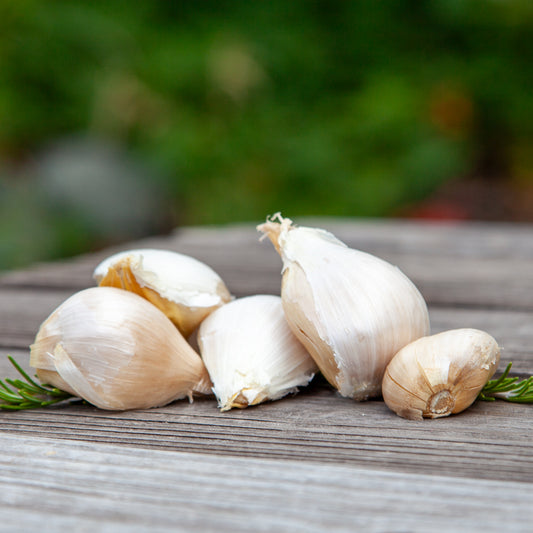
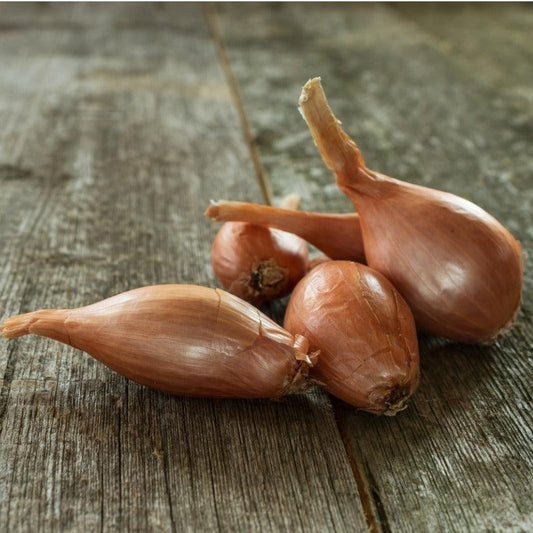
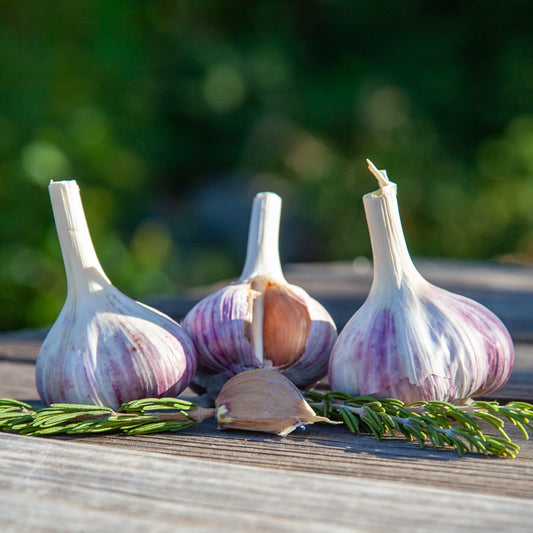
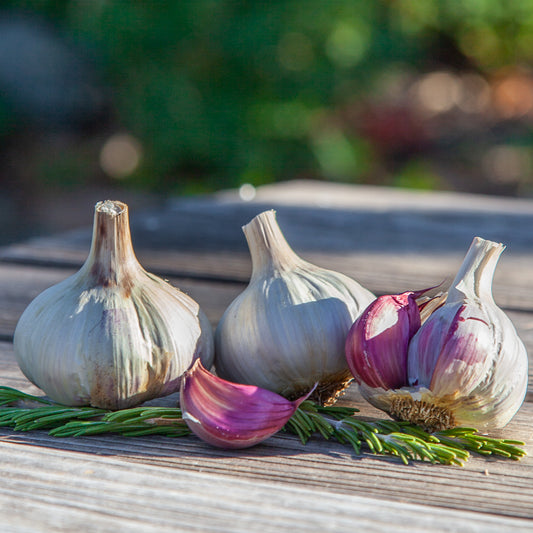

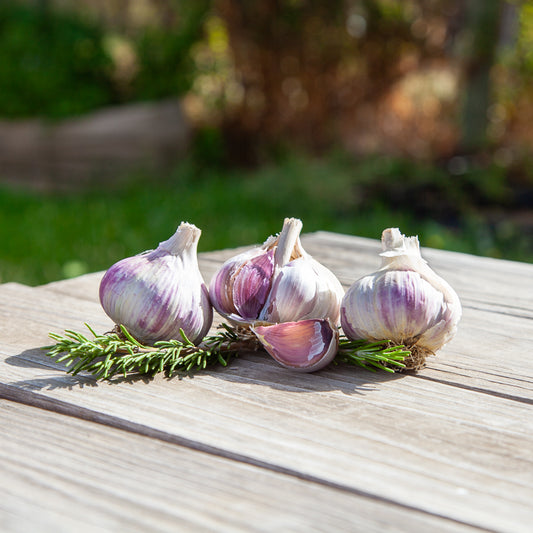
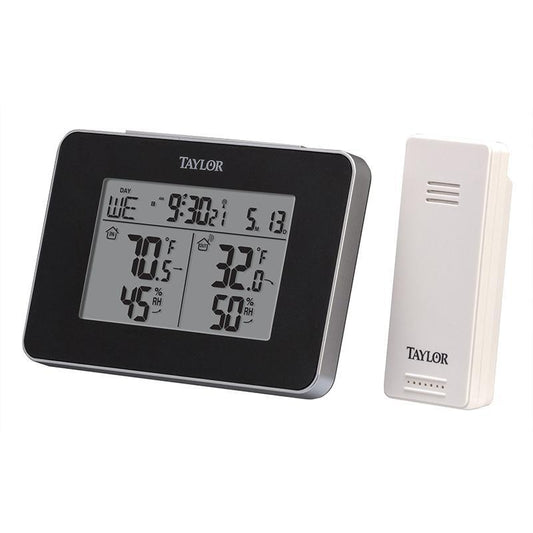

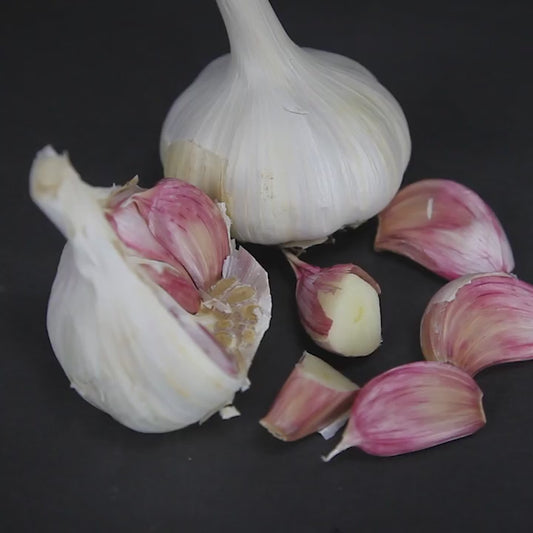

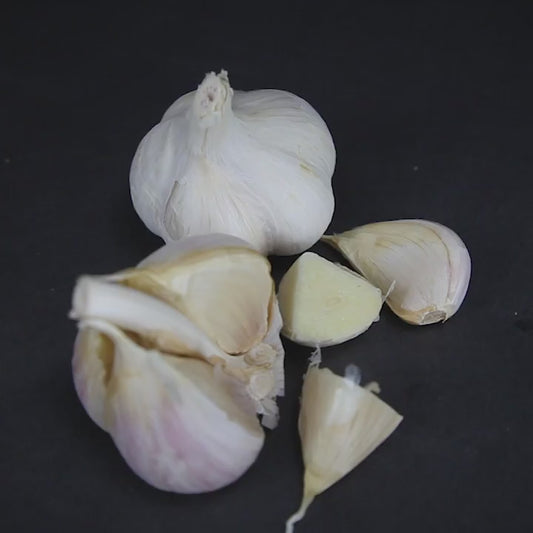

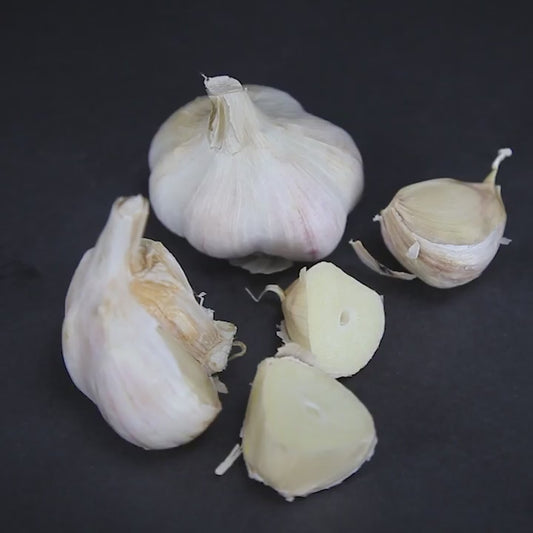
28 comments
Ann, elephant garlic will grow in your zone. It is not actually a true garlic, but rather a member of the leek family. Softneck varieties do well in warmer zones and if you want to grow hardneck garlics, you will want to put it in the refrigerator for a couple of weeks before you plant, since it requires more chill than softnecks.
Hi Grow Organic – I am interested in growing garlic in the Fall. I live in Houston, TX (Zone 9a). What type of garlic do you recommend? Does elephant garlic grow well in 9a? Thanks.
Christine, you can grow hardneck or softneck in zone 8a. I live in zone 9a and we get cold enough to grow hardnecks. I prefer hardnecks over softnecks (easier to peel and more robust flavor), so I really think you should grow for the flavor you want, if you need long storage then softnecks or elephant garlic are a better choice.
Should I be growing soft neck garlic in zone 8a? Thank you.
Janice, In your zone you can grow hardneck garlic with no problem. Softnecks should grow there as well, however, they are more suited to warmer winter zones. I would look at the hardnecks and choose the one that best suits your tastes…mild or spicy.